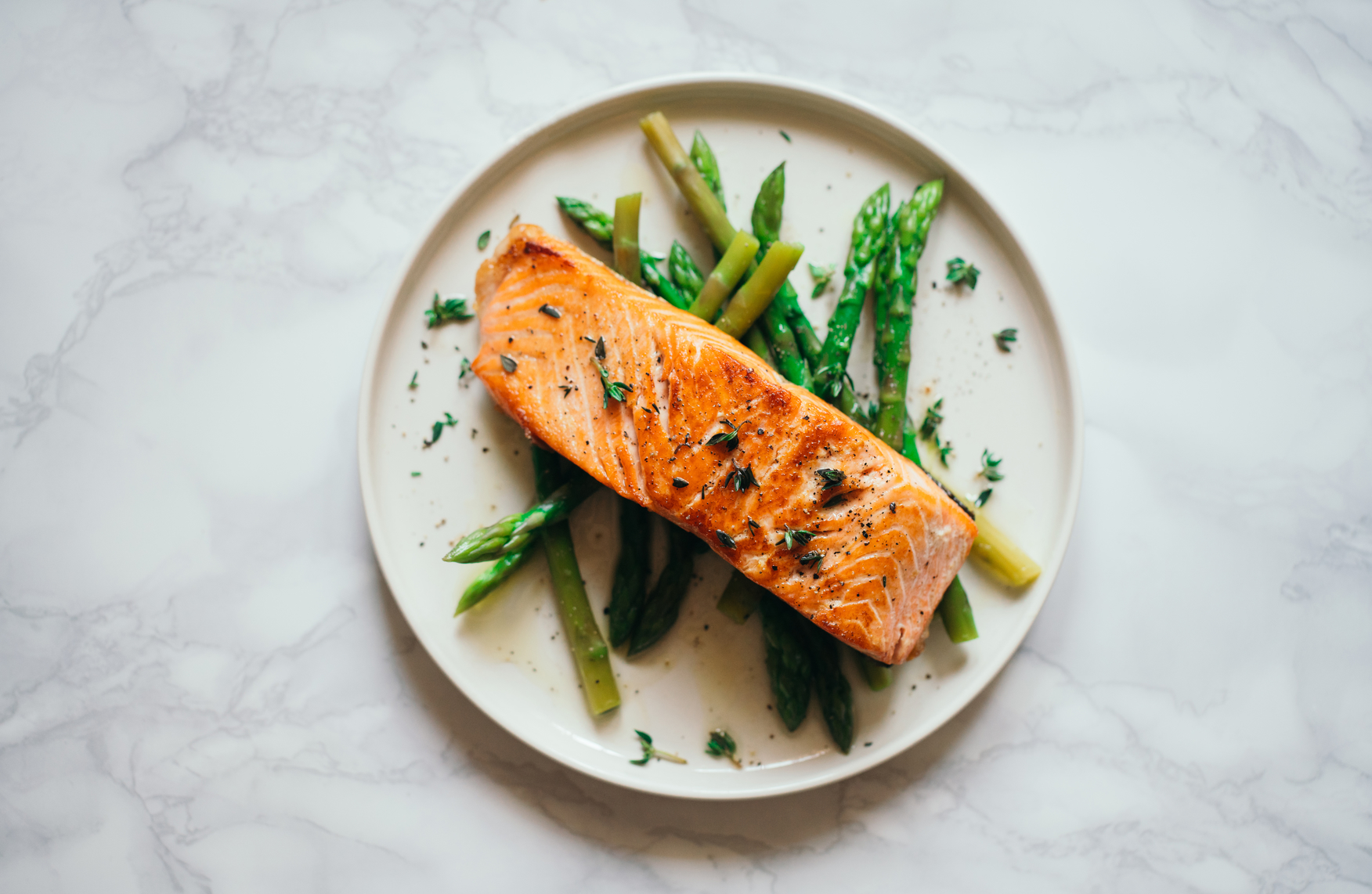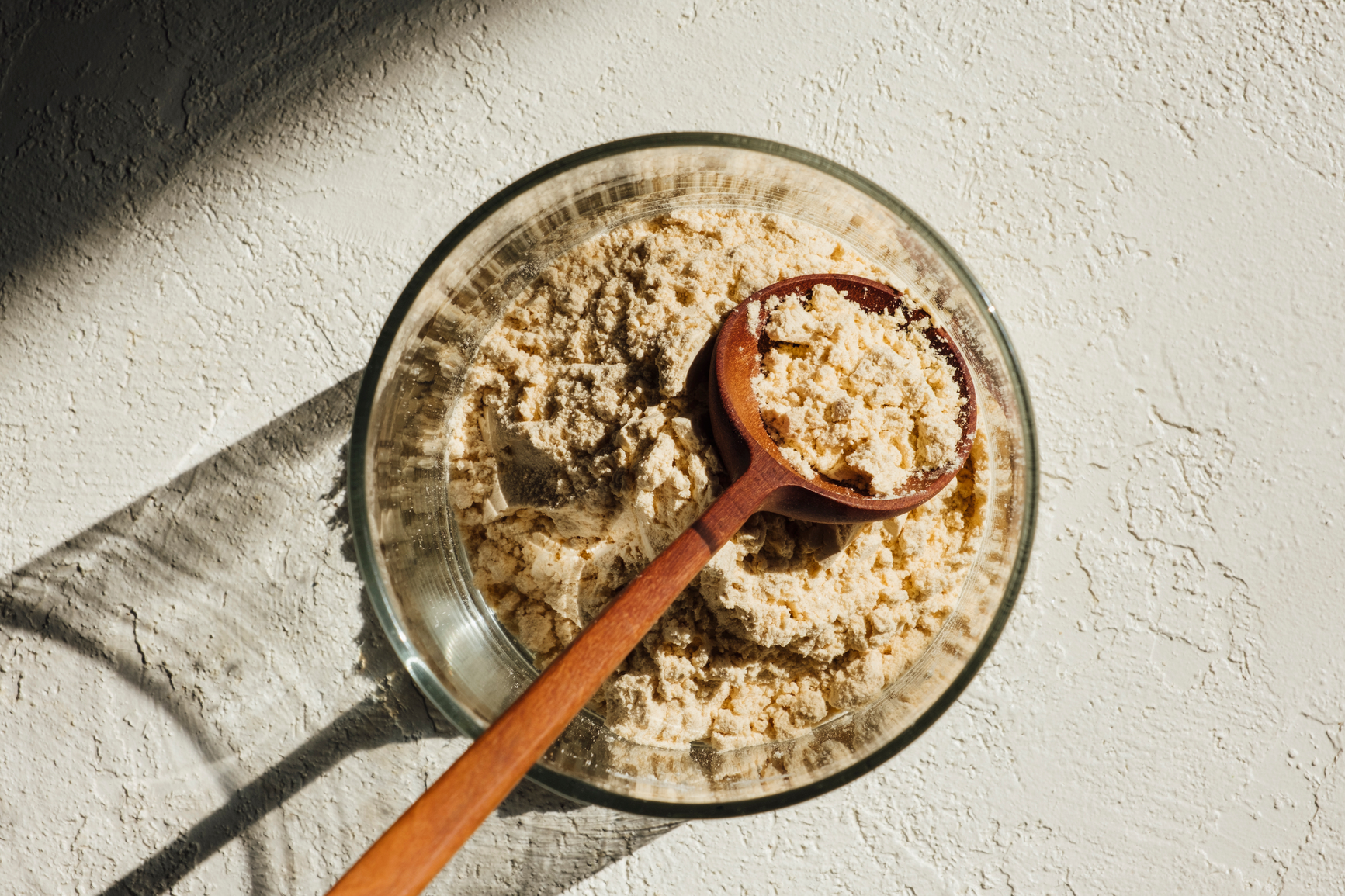Best Cardio for Weight Loss: 10 Exercises Ranked by Results
%20(1).jpg)
The best cardio exercises for weight loss include jump rope, kickboxing, and running, but there are many other options we’ll cover in this guide. Let’s look at how they compare and how they can fit into your health plans.
What exercise burns the most calories?
The short answer: Jump rope is the exercise that tends to burn the most calories per hour, as we’ll explain in more detail in the following sections.
However, while calorie burn can help compare different types of exercise, at knownwell, we don’t focus on calorie counting. It can simply be viewed as one way to understand how movement supports energy balance and overall health.
That said, if your goal is to burn calories, build endurance, and support weight management, cardio plays an important role. The exercise that burns the most calories varies by person, but higher-intensity options like running, jump rope, and high-intensity interval training (HIIT) typically burn the most.
Cardio simply means any exercise that raises your heart rate and strengthens your heart and lungs. Most cardio falls into two main types:
- Aerobic exercise uses oxygen to make energy while you move. It’s steady and lasts for a while. This includes walking, swimming, cycling, or dancing. You can usually breathe comfortably and talk while doing it.
- Anaerobic exercise happens when your body works so hard that it can’t get enough oxygen fast enough. Think sprinting, heavy lifting, or a fast round of jump rope. You’ll notice you get out of breath quickly.
There's no single “best” cardio for losing weight. It depends on your body, your schedule, and what you'll actually stick with. But here's what research tells us about which exercises burn the most energy.
Disclaimer: This article is for information purposes only. Exercise affects everyone differently. If you have joint pain, cardiovascular concerns, diabetes, or another chronic condition, talk with your healthcare provider before starting a new fitness routine.
Calorie burn factors
We can estimate calorie burn using metabolic equations, but individual variation is huge. Sometimes 20-30% difference between people doing the exact same workout. Here's what we do know affects your burn:
- Your weight: The more you weigh, the more calories you’ll burn. This is good news if you’re overweight and just starting out.
- Muscle mass: Having more muscle mass will increase your total calorie burn.
- Exercise intensity: If you’re exercising at a high intensity, you’ll likely burn more calories.
- Fitness level: As your body becomes stronger, you may burn slightly fewer calories at the same effort level. Don’t be afraid to switch things up.
What matters most isn’t chasing the highest burn but finding a rhythm that fits your energy, schedule, and motivation. Consistency is just as essential as intensity.
Why sustainability matters more than max burn
If you start strong but struggle to stay consistent, you are not alone. You’ll see better long-term results by choosing activities that you enjoy and can repeat week after week. Cardio works best when paired with weight training and a balanced nutrition plan.
Together, these help keep your muscles strong, support a healthy metabolism (how your body uses energy), and improve your overall health. These are the key ingredients for lasting weight management.
How much cardio do you actually need?
The amount of cardio you actually need depends on your health goals. Here’s what you need to know: If you manage to do moderate aerobic exercise for at least 150 minutes per week, you should see a meaningful reduction in your body weight, waist size, and body fat.
Aim for at least two days of strength training each week, spending about 20 minutes per session and working each major muscle group twice weekly to build strength and support long-term metabolic health.
Taking the plunge? Begin with 10-15 minutes daily. Gradually add time and intensity as your endurance builds.
Your ideal amount depends on your age, medications, mobility, and overall health. If you are using GLP-1 or Dual GIP/GLP-1 medications, you may need to adjust exercise frequency and intensity as your energy levels shift. These medications help your body regulate blood sugar and appetite.
By the way, read our guide to GLP-1 alternatives if you’re concerned about losing insurance coverage for it in 2026.
The 10 best cardio exercises for weight loss
The following estimates use standardized MET (Metabolic Equivalent of Task) data. This is a research-based way to compare how much energy different activities use. Actual numbers vary depending on your body weight and how hard you work.
¹ MET (Metabolic Equivalent of Task) measures how much energy an activity uses compared to resting (1 MET ≈ 1 kcal/kg/hour).
² Calories = MET × 3.5 × body weight (kg) ÷ 200 × 60.
1. Jump Rope (575-600 calories/hour)
This definitely takes some practice, but it is portable, quick, and effective. Just 15 minutes can elevate your heart rate fast.
Starting out? Start with 30 seconds and work up to 3 minutes. The longer you can skip, the better your cardio fitness will be.
2. Boxing/Kickboxing (430-610 calories/hour)
The perfect combination of cardio and coordination with a strong potential for stress relief. Because you’re constantly thinking about timing, rhythm, and movement patterns, boxing also keeps your brain active while you move.
Starting out? Begin with short rounds that focus on technique rather than power.
3. Running (480-570 calories/hour)
Running engages nearly every major muscle group, so many call it the “best cardio for losing weight.” Outdoor running provides a dynamic challenge with changing terrain, while treadmill running allows controlled pacing. A 2024 meta-analysis showed that if you have obesity, running can help you reduce your body weight, body fat percentage, and belly fat.
Starting out? Prioritize supportive shoes and gradual mileage increases to reduce joint stress.
4. HIIT (390-580 calories/hour)
HIIT combines both short bursts of anaerobic effort followed by periods of aerobic recovery. This mix helps raise calorie burn, builds endurance, and improves metabolic health. Your body also continues burning calories after the workout ends, thanks to the metabolic “afterburn” effect.
Starting out? Start with short bursts of effort, then give yourself plenty of time to catch your breath before the next round. HIIT is the time saver’s workout. Even short sessions, about 10–15 minutes, performed several times per week can improve fitness.
5. Stair Climbing (420 calories/hour)
You will definitely feel it, but stair climbing strengthens the glutes, quads, and calves while keeping your heart rate high.
Starting out? You can use a stair machine at the gym or real stairs for short, efficient workouts.
6. Cycling (380 calories/hour)
Whether you prefer indoor cycling or outdoor biking, both burn calories efficiently while protecting your joints.
Starting out? Begin with 10-15 minutes at an easy pace to get comfortable with balance and resistance. If you’re using a stationary bike, adjust the seat height so your knees stay slightly bent at the bottom of each pedal stroke.
7. Rowing (340-410 calories/hour)
Rowing is great for both cardio and strength. It engages the legs, core, and back, supporting muscle retention while improving endurance.
Starting out? Begin with short, gentle rows. One minute of rowing and one minute of rest. Focus on smooth, steady strokes rather than speed.
8. Swimming (295-410 calories/hour)
Swimming is fantastic for anyone whose knees protest every time they try to run. The water supports your body weight, so you get a serious workout without the joint pain. What’s more, is that water-based exercise improves body composition.
Starting out? Begin with short, steady laps. Because water adds resistance, even walking a few lengths will be beneficial.
9. Elliptical (240 calories/hour)
The elliptical offers a low-impact, joint-friendly alternative to running. It’s a great choice if you’re easing into exercise or returning after a break.
Starting out? Sports Science research shows that the elliptical is great because it offers whole body movement. Focus on maintaining steady breathing and posture as you build confidence and endurance.
10. Walking (160-240 calories/hour)
Walking is especially beneficial for people living with obesity. It’s gentle on your joints, supports heart health, and builds confidence for more activity over time. Just 12 weeks of 10,000 steps per day can support fitness, blood sugar control, and body composition.
Read more about the importance of counting your steps here.
Starting out? Research shows that walking briskly for 30 minutes per day can promote healthy aging. Who wouldn’t want that? Every step counts. As your endurance improves, aim for longer walks or add gentle inclines to keep challenging your heart and muscles.
Is cardio good for weight loss?
Yes, cardio is good for weight loss. Cardio can play an important role in weight management because it helps your body to burn energy. According to a 2025 systematic review and meta-analysis, the most effective approach combines cardio and strength training.
Strength work helps preserve lean muscle mass, which keeps metabolism steady and supports lasting results. Everyone’s response is different, so the goal isn’t to do as much cardio as possible. You need to find the type and amount of movement that fits your body, your health needs, and your life.
When the “best cardio for weight loss” isn't enough: Get medical support you're missing
Exercise supports weight management by helping your body use energy, strengthening your heart, and boosting your mood and motivation. But it’s only one piece of a much larger picture. The research shows that diet together with exercise, leads to the best results.
When progress stalls, it’s not because you’re doing anything wrong. Weight regulation is complex. Hormones, metabolism, medications, and medical conditions all play a role in how your body responds to food and activity.
What knownwell offers:
- Personalized nutrition plans tailored to your journey
- Physicians specializing in metabolic health
- Registered dietitians for medical nutrition therapy and ongoing food guidance
- Compassionate, judgment-free care and practical tips from knownwell professionals
This kind of integrated support helps you find what works for your body.
Ready to get started?
- Virtual visits: Available from home in all 50 states
- In-person clinics: Boston area, Chicago, Dallas/Fort Worth, and Atlanta
- Insurance accepted: Most major plans offer coverage. See if we accept your insurance.
Your care team will help you find the right mix of exercise, nutrition, and medical support for your body. This means you can feel stronger, more energized, and confident in your own health journey.
FAQ
What cardio burns the most fat?
The types of cardio that burn the most fat are jump rope, boxing, running, and HIIT. These options tend to burn the most calories and can support fat loss when paired with balanced nutrition. But the best cardio is the one you can maintain consistently.
What is the 12-3-30 cardio rule?
The “12-3-30” method means walking on a treadmill at a 12% incline, 3 mph speed, for 30 minutes. It’s a simple, low-impact way to increase intensity for walking workouts and has been shown to have substantial health benefits.
Will 30 minutes of cardio help you lose weight?
Yes. 30 minutes of moderate- to vigorous-intensity cardio most days can meaningfully contribute to weight management, especially when combined with a healthy nutrition plan and strength training.
Can I lose weight with cardio alone?
You can lose weight with cardio, but pairing it with strength training and nutrition guidance produces the best results. If your progress stalls, a knownwell provider can help you explore other contributing factors like hormones, medications, or metabolism.
Source list
Ainsworth, B. E., Haskell, W. L., Herrmann, S. D., et al. (2011). 2011 Compendium of Physical Activities: A second update of codes and MET values. Medicine & Science in Sports & Exercise, 43(8), 1575–1581. doi:10.1249/MSS.0b013e31821ece12. Retrieved from https://cdn-links.lww.com/permalink/mss/a/mss_43_8_2011_06_13_ainsworth_202093_sdc1.pdf
Al-Mhanna, S. B., Batrakoulis, A., Amin, H., et al. (2025). Impact of concurrent aerobic and resistance training on body composition, lipid metabolism, and physical function in patients with type 2 diabetes and overweight/obesity: A systematic review and meta-analysis. PeerJ. Retrieved from https://peerj.com/articles/19537/
American College of Sports Medicine. (n.d.). Starting an exercise program [Patient handout]. Exercise Is Medicine. Retrieved from https://www.exerciseismedicine.org/assets/page_documents/8_StartingExProgram.pdf
Baek, S., & Lee, S. (2025). Smart personal mobility optimization using machine learning. Applied Sciences, 15(9), 4959. doi:10.3390/app15094959. Retrieved from https://www.mdpi.com/2076-3417/15/9/4959
British Rowing. (n.d.). Go Row A4 Beginners Training Plan. Retrieved from https://britishrowing.org/wp-content/uploads/2016/10/BR_Go_Row_A4_Beginners_Training_Plan_P3.pdf
Coates, A. M., Joyner, M. J., Little, J. P., et al. (2023). A perspective on high-intensity interval training for performance and health. Sports Medicine, 53(Suppl 1), S85–S96. doi:10.1007/s40279-023-01938-6. Retrieved from https://pmc.ncbi.nlm.nih.gov/articles/PMC10721680/pdf/40279_2023_Article_1938.pdf
Filipovic, M., Munten, S., Herzig, K.-H., et al. (2021). Maximal fat oxidation: Comparison between treadmill, elliptical and rowing exercises. Journal of Sports Science and Medicine, 20(1), 170–178. doi:10.52082/jssm.2021.170. Retrieved from https://pmc.ncbi.nlm.nih.gov/articles/PMC7919349/
Jayedi, A., Soltani, S., Emadi, A., et al. (2024). Aerobic exercise and weight loss in adults: A systematic review and dose-response meta-analysis. JAMA Network Open, 7(12), e2452185. doi:10.1001/jamanetworkopen.2024.52185. Retrieved from https://jamanetwork.com/journals/jamanetworkopen/fullarticle/2828487
Joshi, G. P., Abdelmalak, B. B., Weigel, W. A., et al. (2023). American Society of Anesthesiologists consensus-based guidance on preoperative management of patients (adults and children) on glucagon-like peptide-1 (GLP-1) receptor agonists. Retrieved from https://www.asahq.org/about-asa/newsroom/news-releases/2023/06/american-society-of-anesthesiologists-consensus-based-guidance-on-preoperative
Knauss, M., Schültke, V., Wirth, K., et al. (2025). Influence of pre-determined asymmetries on vertical jump performance in strength-trained individuals. Biomedical Engineering and Biomedical Technology. doi:10.1007/s10439-025-03688-0. Retrieved from https://link.springer.com/article/10.1007/s10439-025-03688-0
Pelino, L. M., Diaz, J., & Dalleck, L. C. (2024). Physiological responses of the 12-3-30 workout: Exercise myth or reality. International Journal of Research in Exercise Physiology, 20(1), 12–23. Retrieved from https://ijrep.org/wp-content/uploads/lana-downloads/2024/12/pelino.et_.al_.fall_.2024.pdf
Schwingshackl, L., Dias, S. & Hoffmann, G. (2014). Impact of long-term lifestyle programmes on weight loss and cardiovascular risk factors in overweight/obese participants: a systematic review and network meta-analysis. Syst Rev 3, 130. Retrieved from https://systematicreviewsjournal.biomedcentral.com/articles/10.1186/2046-4053-3-130
Ungvari, Z., Fazekas-Pongor, V., Csiszar, A., et al. (2023). The multifaceted benefits of walking for healthy aging: From Blue Zones to molecular mechanisms. GeroScience, 45(6), 3211–3239. doi:10.1007/s11357-023-00873-8. Retrieved from https://pubmed.ncbi.nlm.nih.gov/37495893/
Wang, H., Cheng, R., Xie, L.,et al. (2024). Comparative efficacy of exercise training modes on systemic metabolic health in adults with overweight and obesity: A network meta-analysis of randomized controlled trials. Frontiers in Endocrinology, 14, 1294362. doi:10.3389/fendo.2023.1294362. Retrieved from https://www.frontiersin.org/journals/endocrinology/articles/10.3389/fendo.2023.1294362/full
Yi-Han C., Shiow-Chwen T., Chen-Si L., et al. (2023). Effects of a 12-week walking intervention on circulating lipid profiles and adipokines in normal weight and abdominal obese female college students. Journal of Exercise Science & Fitness, Volume 21, Issue 3. Retrieved from https://www.sciencedirect.com/science/article/pii/S1728869X23000266
Zhao, R., Zhou, Z., Feng, X., et al. (2023). Exercise intervention effects on blood pressure in patients with type 2 diabetes mellitus: A systematic review and meta-analysis. Applied Sciences, 13(12), 7072. doi:10.3390/app13127072. Retrieved from https://www.mdpi.com/2076-3417/13/12/7072
Zhou, S., Zhang, Y., Chen, H., et al. (2023). Effects of high-intensity interval training on physical fitness in middle-aged adults. Journal of Sports Medicine and Physical Fitness. doi:10.1111/sms.14112. Retrieved from https://onlinelibrary.wiley.com/doi/pdf/10.1111/sms.14112











